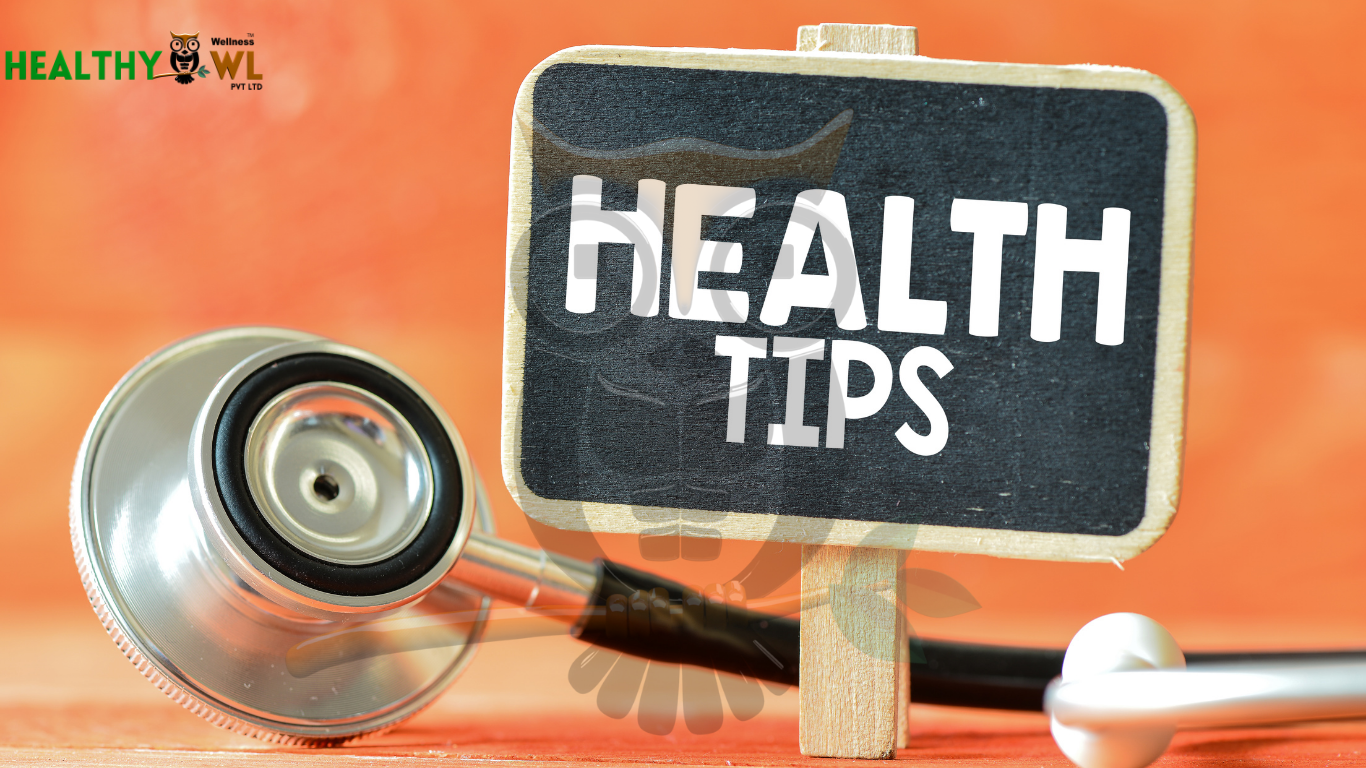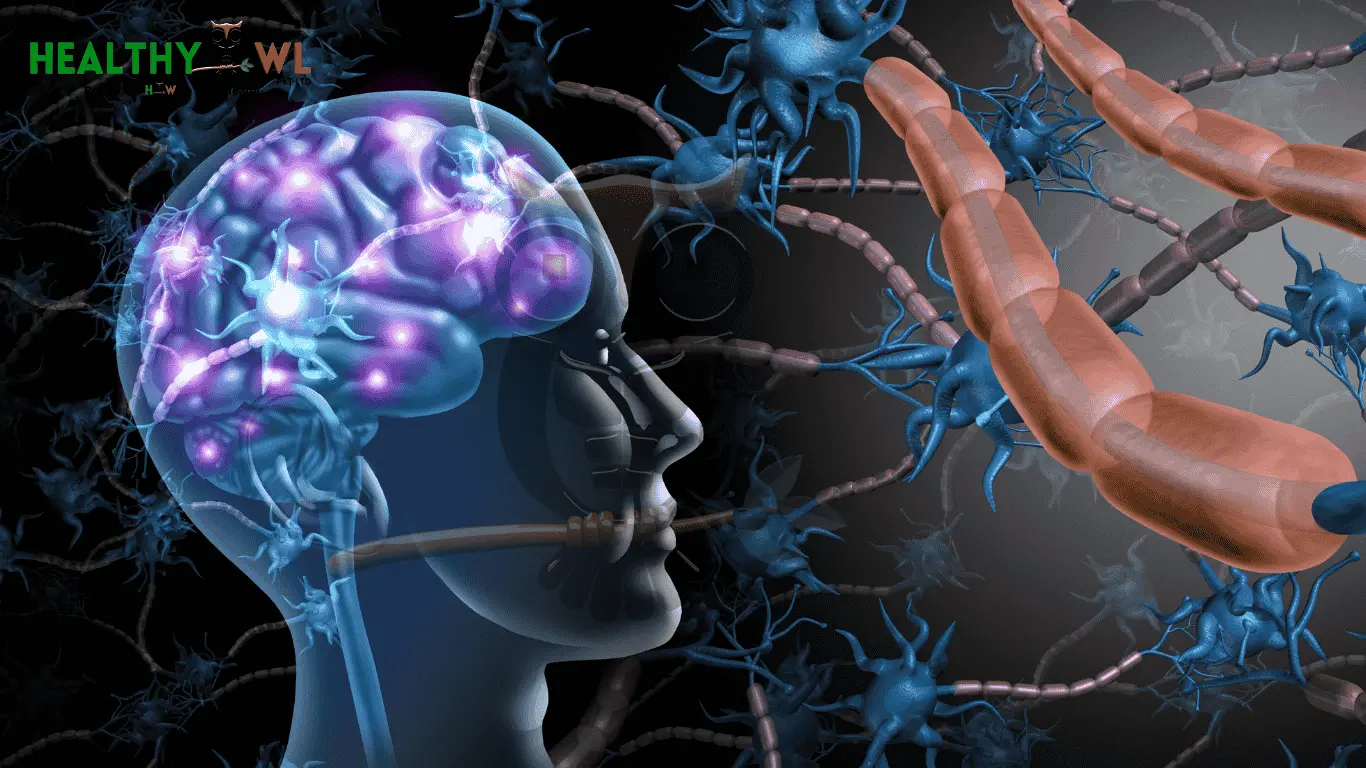In a world where weight loss solutions pop up faster than diet trends, Ozempic for weight loss has grabbed headlines as a potential game-changer. Celebrities tout its benefits, social media hypes it up, and it’s even been labeled as a “miracle drug” for shedding pounds.
But what’s the real story behind Ozempic? Should you hop on this bandwagon, or are there better alternatives for a healthier you?
In this blog, we’ll explore:
- What Ozempic is and how it works
- Benefits and risks of using Ozempic for weight management
- Why nutrition and lifestyle changes remain key
- How Healthy Owl Wellness can support your journey
What Is Ozempic And How Does It Work?
Ozempic, originally designed to manage type 2 diabetes, uses semaglutide to regulate blood sugar. Its use for weight loss is considered an off-label indication unless prescribed specifically for weight management under its alternative formulation, Wegovy, which is approved for obesity treatment. The drug works by mimicking the hormone glucagon-like peptide-1 (GLP-1), which slows gastric emptying and signals the brain to reduce food intake, helping you feel full for longer.
While this might sound like a dream come true for anyone battling the scale, using Ozempic for weight loss can be more complicated than it seems.
The Benefits: Why People Are Turning to Ozempic
Ozempic has quickly gained popularity due to its noticeable weight loss results. Here are a few reasons why some people are flocking to it:
- Rapid weight loss: Users have reported losing an average of 10-15% of their body weight within a few months, making it an attractive option for those struggling to slim down.
- Appetite control: By slowing digestion and curbing hunger, Ozempic helps to prevent overeating, which can be especially beneficial for emotional eaters.
- Improved blood sugar levels: For those with type 2 diabetes, Ozempic pulls double duty by regulating blood sugar and reducing weight—a win-win for managing this chronic condition.
Why Nutrition Matters When Using Ozempic
Nutrition with Ozempic plays a crucial role in achieving safe, sustainable results.
- Boosts effectiveness – A balanced diet enhances the medication’s effects. For example, eating high-protein and high-fiber meals helps stabilize blood sugar and keeps you energized.
- Prevents deficiencies – Since Ozempic reduces appetite, nutrient-dense foods are essential to avoid fatigue or deficiencies.
- Manages side effects – Smart food choices can minimize nausea, bloating, or heartburn, common side effects of semaglutide.
Tip: Eating slowly, having smaller meals, and avoiding greasy or spicy foods can help ease discomfort.
Nutrition Aspects For People On Ozempic
When your appetite drops, what you eat becomes more important than how much you eat. Key nutrition strategies include:
- Protein first – Protect muscle mass with protein at every meal.
- Gentle on digestion – Choose soft, cooked vegetables, grains, and mild flavors over heavy or spicy foods.
- Fiber balance – Gradually add fruits, vegetables, and whole grains to support gut health.
- Hydration – Drink water regularly to prevent dehydration.
- Mindful eating – Eat slowly, tune into fullness cues, and avoid overeating.
Challenges With Medicine (Ozempic / Semaglutide)
- Digestive issues: People may feel uneasy in the stomach, like nausea, bloating, constipation, or even loose motions.
- Food triggers: Spicy, oily, or heavy foods can make these side effects worse.
- Reduced appetite: Because the medicine cuts down hunger, some people may miss out on important nutrients.
- Alcohol sensitivity: Drinking can sometimes upset the stomach further or cause dips in blood sugar.
- Getting used to dosage: When the dose increases, the body often needs time to settle and adjust.
Bodily Challenges Inside The Body
- Slower digestion: Food stays in the stomach longer, so people feel full quickly.
- Hormone shifts: The medicine changes how insulin works, which affects blood sugar levels.
- Imbalance in the body: Too much nausea or loose motions can disturb salts and minerals.
- Muscle weakness: Eating too little protein while losing weight can also reduce muscle strength.
- Low hydration: Since food and water intake may go down, dehydration can become a concern.
Conclusion: Think Long-Term, Not Quick Fix
Ozempic might seem like a shortcut to weight loss, but its risks and limitations mean it’s not the miracle solution it’s often marketed as. While it may offer short-term results, relying on medication isn’t a sustainable way to achieve your health goals. For real, lasting change, a comprehensive approach to nutrition and lifestyle is always the best route.
Ready to start your weight loss journey the healthy way?
At Healthy Owl Wellness, we support individuals prescribed Ozempic by tailoring nutrition plans that:
- Ease digestion and reduce side effects
- Support gut health and nutrient absorption
- Help maintain steady energy and muscle strength
💡 Book a consultation with a nutrition expert at Healthy Owl Wellness and start building a sustainable, personalized plan today.
Sources:
- U.S. Food and Drug Administration (FDA)
- Gillette, H. (2024, April 4). Best foods to eat when prescribed semaglutide.
- Landau, K. (n.d.). On prebiotic fibers and resistant starch for Ozempic users.
- Lemieux, L. (n.d.). On spicy, fatty, acidic foods causing Ozempic side effects.
- Tuli Health. (2023). Diet advice for Ozempic users.
- JoinMidi. (2023). General guidelines for eating on Ozempic.











